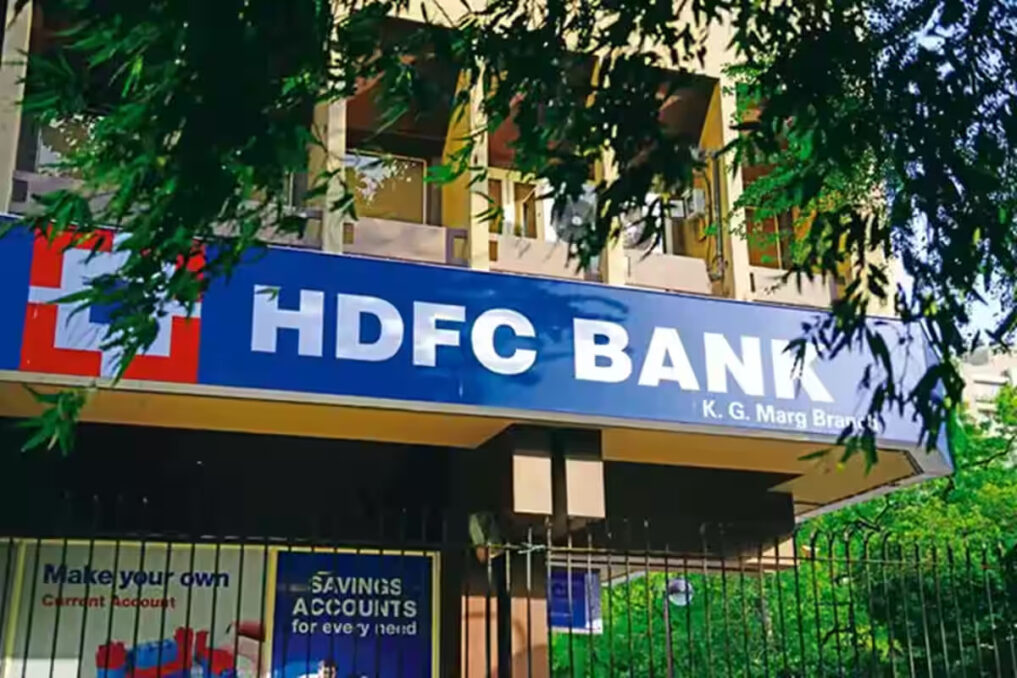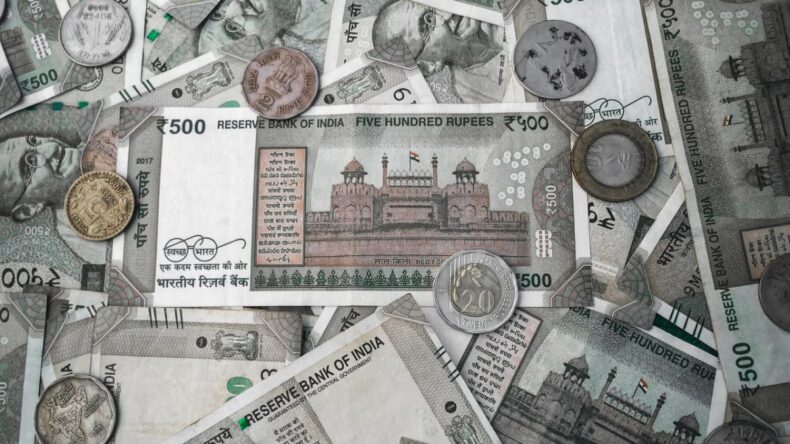Adapting to change and driving financial progress, HDFC Bank remains committed to empowering borrowers and shaping the lending landscape.
HDFC Bank, a prominent private sector lender in India, has recently made an important announcement regarding its benchmark marginal cost of funds-based lending rates (MCLR).
The bank has decided to increase the MCLR by 5 to 15 basis points across different loan tenures, ranging from overnight to six months. However, it’s worth noting that the one-year MCLR remains unchanged at 9.05%, while the two-year and three-year rates remain steady at 9.10% and 9.20% respectively.

Image Source: Reuters
To understand the significance of this announcement, let’s delve into what MCLR represents and the impact of its adjustment on the lending market. MCLR is the minimum interest rate that banks charge for specific loans, acting as a benchmark or lower limit for lending rates.
In simpler terms, banks cannot offer term loans like personal loans, car loans, home loans, and education loans at interest rates lower than the MCLR. However, not all term loans are linked to MCLR since the introduction of external benchmark lending rates and repo-rate-linked lending rates. Therefore, the MCLR hike may not apply universally to every loan category or borrower at HDFC Bank.
The adjustment in MCLR rates can have significant implications for the lending market. Firstly, for borrowers with loans linked to the MCLR, the increase in rates translates into higher interest costs.
This can result in increased monthly payments or longer loan tenures, impacting the affordability of loans. Borrowers may need to reassess their budgets and financial plans to accommodate the higher interest rates.
Moreover, the adjustment in MCLR rates can have a broader impact on the overall interest rate environment. Other banks and financial institutions often take cues from market leaders like HDFC Bank and may consider similar adjustments in response.
This can lead to a general uptick in lending rates across the industry, affecting the cost of borrowing for individuals and businesses alike. Higher interest rates can influence consumption patterns, investment decisions, and overall economic activity.
However, it’s important to note that the impact of the MCLR hike may not be uniform across all loan categories or borrowers. With the availability of alternative benchmark rates, such as external benchmark lending rates and repo-rate-linked lending rates, many loans have transitioned away from MCLR. Therefore, borrowers with loans tied to different benchmarks may not experience a direct effect from the MCLR adjustment.
In terms of HDFC Bank’s financial performance, the increase in MCLR rates comes on the back of positive growth. As of the end of the March 2024 quarter, the bank’s total advances reached ₹1,600,586 crore, reflecting a year-on-year increase of 16.9%.
The growth was driven by various loan segments, with domestic retail loans expanding by 20.8%, commercial and rural banking loans growing by 29.8%, and corporate and other wholesale loans witnessing a growth rate of 12.6%. However, overseas advances constituted only a small portion, accounting for 2.6% of the bank’s total advances.
Turning to the stock market, HDFC Bank’s shares traded at ₹1602.95 apiece on the Bombay Stock Exchange (BSE) at the time of writing, showing a marginal increase from the previous closing price. Throughout the trading session, the stock witnessed fluctuations, ranging from ₹1606.55 to ₹1596.60.
In conclusion, HDFC Bank’s decision to increase MCLR rates by 5 to 15 basis points across various loan tenures holds significance for the lending market. Borrowers linked to the MCLR may face higher interest costs, potentially impacting loan affordability.
Furthermore, the adjustment in MCLR rates can influence the overall interest rate environment, leading to broader implications for borrowing costs. As HDFC Bank continues to navigate market dynamics, its positive financial performance in domestic retail loans, commercial and rural banking loans, and corporate and other wholesale loans provides a strong foundation for future growth.












